High Cholesterol (HYPERLIPIDEMIA)
(PRODUCTS IN FOCUS: TRICARDIN & MONACOLIN-K)
Cholesterol is a waxy, fat-like substance used by the body to build cell walls and for making several essential hormones. There are two types: low-density lipoproteins (LDL) also known as BAD cholesterol and high-density lipoproteins (HDL) also known as GOOD cholesterol. When cholesterol is too high, or the levels of the two types are out of balance (dyslipidemia), the cholesterol can clog the arteries affecting the flow of the blood and can cause heart disease.
Cardiovascular Disease (CVD) Risk Factors:
There are many risk factors associated with heart disease and stroke. Some risk factors such as family history, ethnicity and age, cannot be changed. Other risk factors that can be treated or changed include tobacco exposure, high blood pressure (hypertension), high cholesterol, obesity, physical inactivity, diabetes, unhealthy diets, and harmful use of alcohol. Cardiovascular disease is the leading cause of death in the developing world.
Causes of Cardiovascular Disease:
Some people are born with conditions that predispose them to heart disease and stroke, but most people who develop cardiovascular disease do so because of a combination of factors such as poor diet, lack of physical activity and smoking, to name just three. The more risk factors you expose yourself to, the higher the chance of developing cardiovascular disease. Many of the risk factors for cardiovascular disease cause problems because they lead to atherosclerosis (narrowing and thickening of arteries). Atherosclerosis develops for years without causing symptoms. It can happen in any part of the body. The narrowing and thickening of the arteries is due to the deposition of fatty material, cholesterol and other substances in the walls of blood vessels.
Who can get Heart Disease?
Heart disease can affect people of all ages and all socioeconomic levels. Generally, the risk of cardiovascular disease increases as you age. For men, the risk starts to climb at about age 45, when 1 out of every 100 men develops signs of heart disease. By age 55, the risk has doubled to about 2.1 out every 100 men. It continues to increase until, by age 85, about 7.4 out of every 100 men have cardiovascular disease.
For women, the risk of cardiovascular disease also climbs with age, but the trend begins about 10 years later than in men and especially with the onset of menopause.
More and more young people are affected by heart disease, in part because diabetes and childhood obesity are on the rise. Obese youth are more likely to have risk factors for cardiovascular disease, such as high cholesterol or high blood pressure. In a population-based sample of 5 to 17-year-olds, 70 percent of obese youth had at least two risk factors for cardiovascular disease. Therefore, symptoms of heart disease can surface at a very young age.
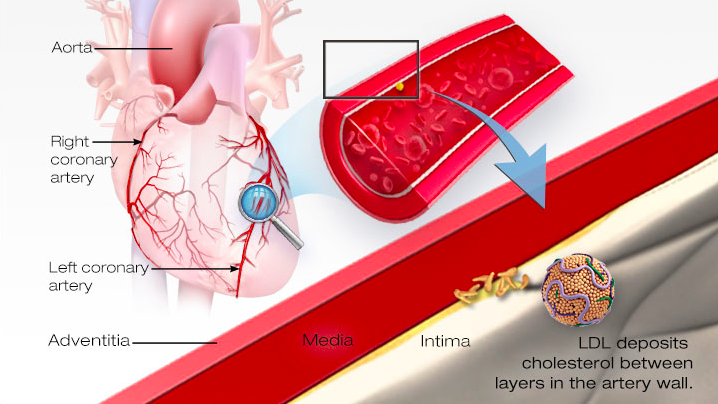
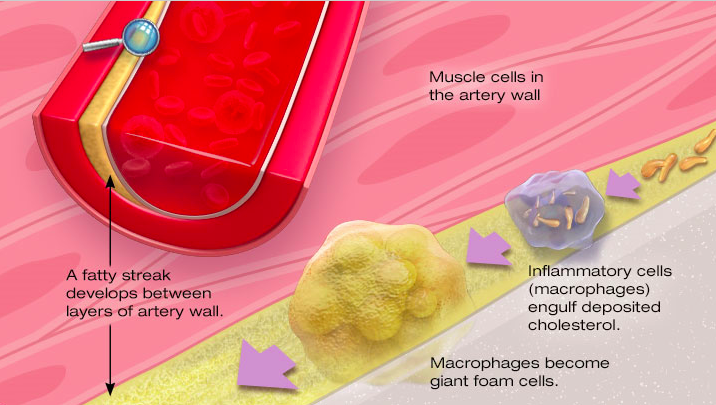
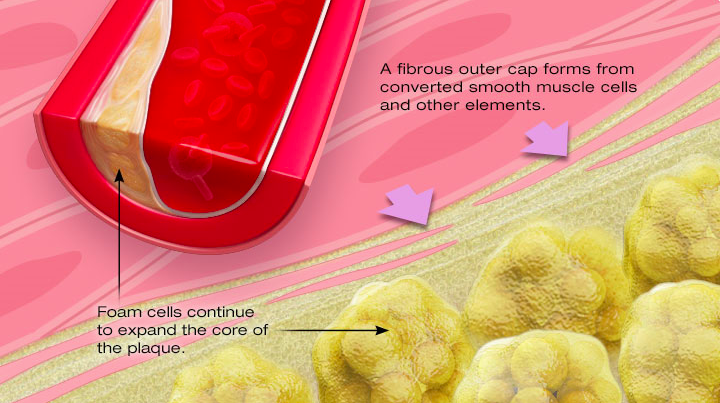
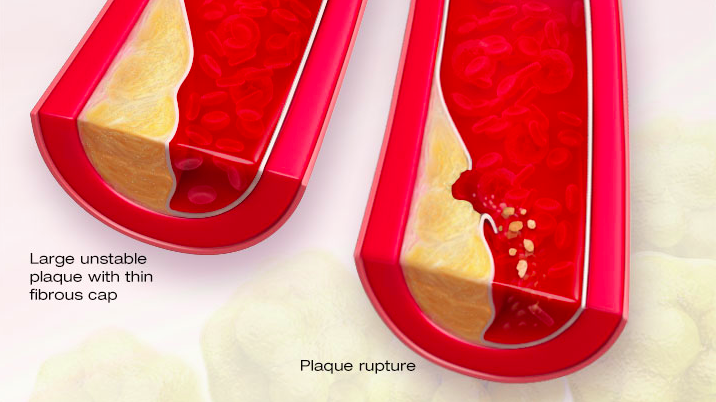
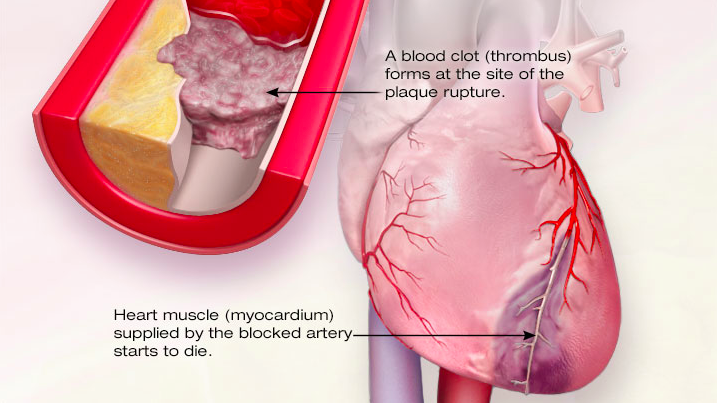

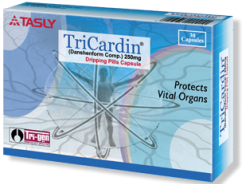
.JPG)